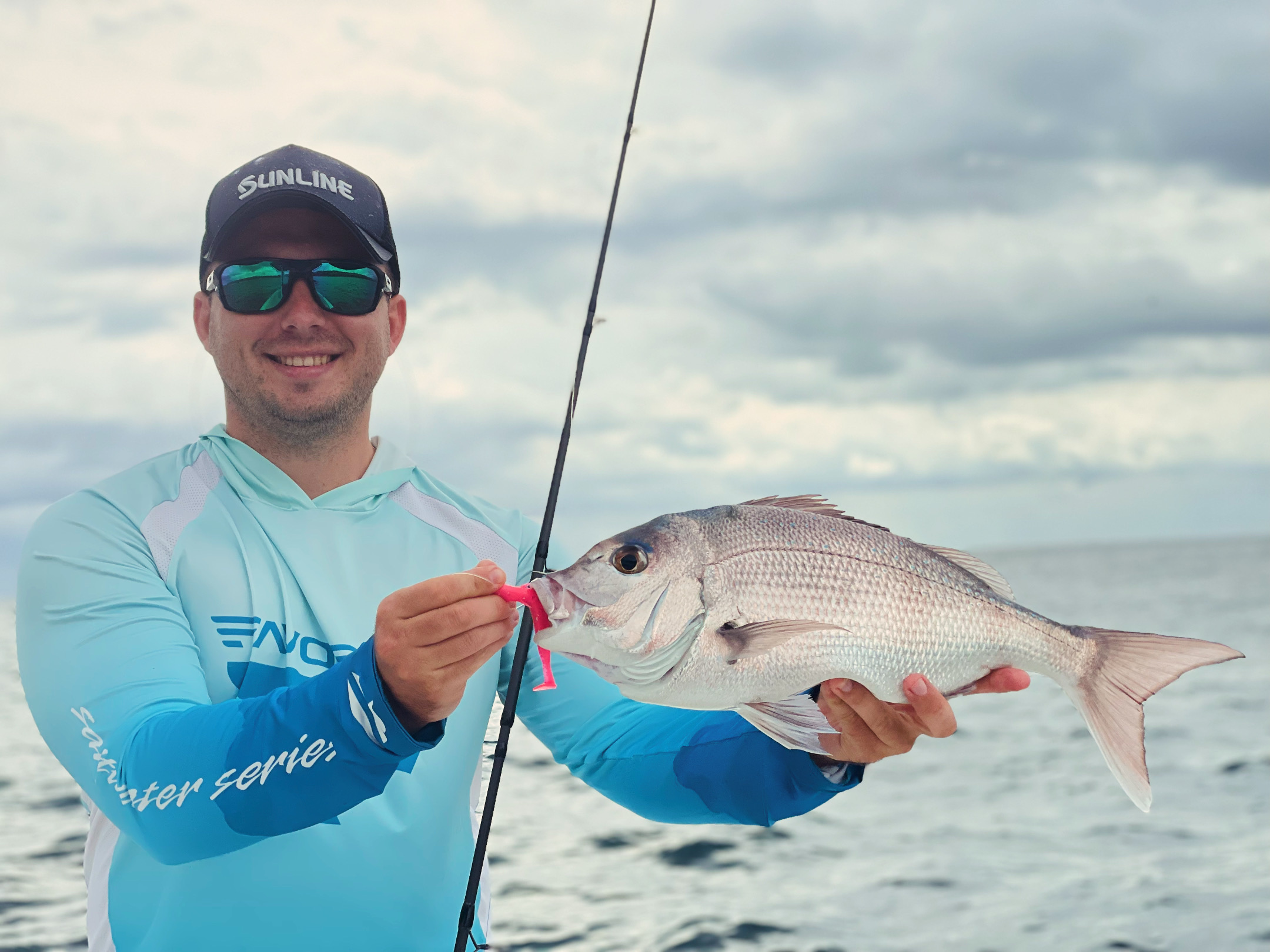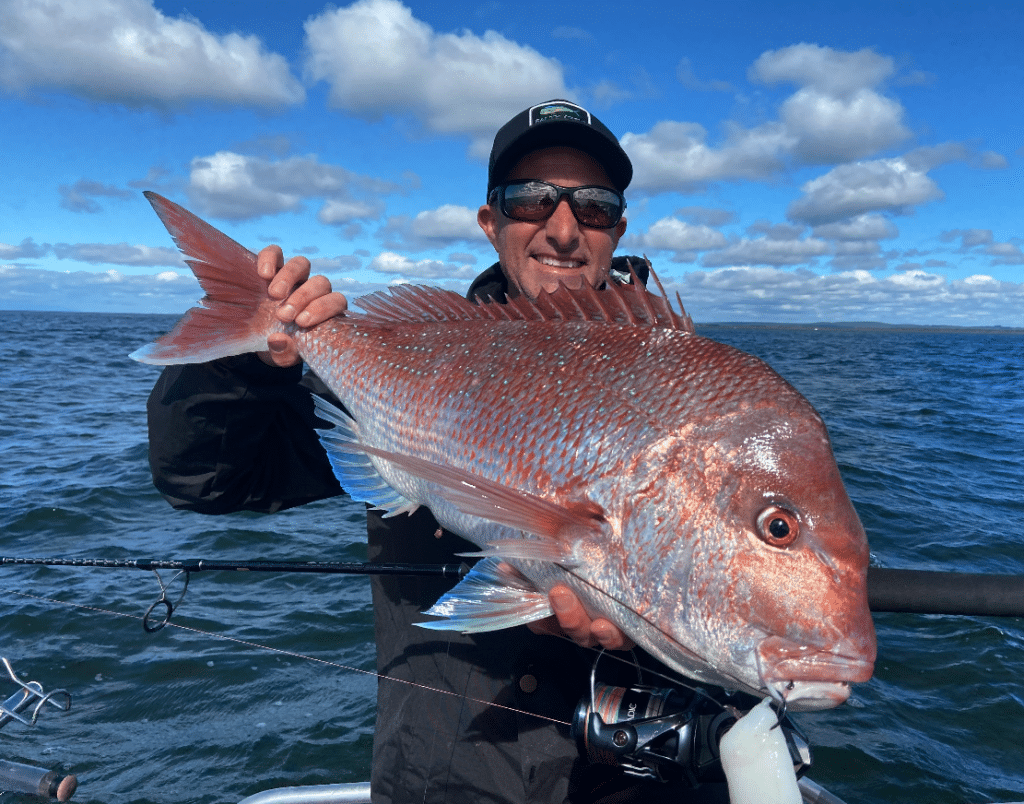How to Catch Snapper in Australia: Tips, Tackle, and Techniques
Australia offers some of the best snapper fishing in the world. The thrill of hooking a large, powerful snapper is a dream for many anglers. In this guide, we’ll cover everything you need to know to successfully catch snapper in Australian waters.
Overview of Snapper
Snapper (Pagrus auratus), also known as pink snapper, are highly sought after for their fighting ability and delicious taste. They can be found around rocky reefs, inshore waters, and estuaries, making them accessible to many anglers.
 Best Locations to Catch Snapper
Best Locations to Catch Snapper
- Western Australia: The waters off Perth, Shark Bay, and Albany are famous for large snapper.
- South Australia: The Spencer Gulf and Gulf St Vincent are prime spots.
- Victoria: Port Phillip Bay and Western Port are known for snapper fishing.
- New South Wales: The waters around Sydney and Newcastle offer great snapper fishing opportunities.
- Queensland: Moreton Bay and Hervey Bay are popular snapper fishing locations.
Best Time to Catch Snapper
Snapper can be caught year-round, but the best time is during the spring and summer months (October to April). Early mornings and late afternoons are particularly productive times.
Tackle and Gear for Snapper Fishing
- Rods and Reels: A medium to heavy action rod (6-7 feet) paired with a 4000-6000 size reel is ideal. Ensure your reel has a smooth drag system to handle the snapper’s strong runs.
- Line: Use 15-30 lb braided line with a 20-40 lb fluorocarbon leader to withstand the sharp teeth and rocky terrain.
- Hooks: Circle hooks (4/0 to 6/0) are preferred for their ability to hook the fish in the corner of the mouth.
- Sinkers: Use a range of sinkers, from small ball sinkers for drifting to larger snapper leads for bottom fishing.
Bait and Lures
- Bait: Snapper are opportunistic feeders. Effective baits include pilchards, squid, octopus, and fresh fish fillets. Live bait, such as yakkas or mullet, can also be very effective.
- Lures: Soft plastics, particularly those resembling baitfish or squid, are very successful. Slow-pitch jigs and metal jigs can also entice larger snapper.
Techniques for Catching Snapper
- Bottom Fishing: Anchor your boat over a reef or rocky area and drop your bait to the bottom. Use a sensitive rod tip to detect bites.
- Drift Fishing: Let your bait drift with the current over likely snapper habitats. This technique covers more ground and can be very productive.
- Soft Plastics: Cast soft plastics and retrieve them slowly, mimicking a wounded baitfish. Vary your retrieve speed and action to trigger a strike.
- Jigging: Drop metal or slow-pitch jigs to the bottom and work them back up through the water column. This can attract larger snapper lurking near the bottom.
Snapper Fishing Tips
- Patience: Snapper can be cautious. Give them time to take the bait properly before setting the hook.
- Chumming: Use a burley pot to attract snapper to your fishing area. A mixture of fish scraps, pilchards, and bread can create an effective burley trail.
- Tide and Moon Phases: Fish during incoming tides and around new and full moons for increased snapper activity.
- Weather Conditions: Overcast days and periods just before a weather change can trigger snapper feeding frenzies.
Conservation and Regulations
Always check local fishing regulations regarding snapper size and bag limits. Practice catch and release for undersized fish and handle them gently to ensure their survival. Respect marine protected areas and adhere to all fishing regulations to help preserve snapper populations for future generations.
With the right knowledge, gear, and techniques, you can enjoy a successful snapper fishing trip in Australia. Whether you’re fishing from a boat, shore, or kayak, snapper provide a thrilling challenge and a rewarding catch. Happy fishing!

